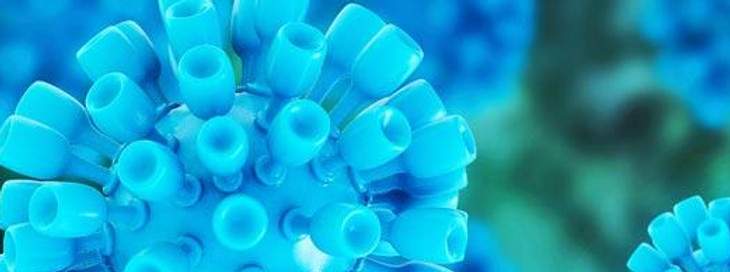
DahariLAB
Mathematical/Computational Virology & Medicine
Modeling suggests that microliter volumes of contaminated blood caused an outbreak of hepatitis C during computerized tomography
Shteyer E, Shekhtman L, Zinger T, Harari S, Gafanovich I, Wolf D, Ivgi H, Barsuk R, Dery I, Armoni D, Rivkin M, Pipalia R, Cohen Eliav M, Skorochod Y, Breuer GS, Tur-Kaspa R, Weil Wiener Y, Stern A, Cotler SJ, Dahari H, Lurie Y
Abstract
BACKGROUND AND AIMS:
Acute hepatitis C (AHC) is not frequently identified because patients are usually asymptomatic, although may be recognized after iatrogenic exposures such as needle stick injuries, medical injection, and acupuncture. We describe an outbreak of AHC among 12 patients who received IV saline flush from a single multi-dose vial after intravenous contrast administration for a computerized tomography (CT) scan. The last patient to receive IV contrast with saline flush from a multi-dose vial at the clinic on the previous day was known to have chronic HCV genotype 1b (termed potential source, PS). Here we sought to confirm (via genetic analysis) the source of infection and to predict the minimal contaminating level of IV saline flush needed to transmit infectious virus to all patients.
METHODS:
In order to confirm the source of infection, we sequenced the HCV E1E2 region in 7 CT patients, in PS, and in 2 control samples from unrelated patients also infected with HCV genotype 1b. A transmission probabilistic model was developed to predict the contamination volume of blood that would have been sufficient to transmit infectious virus to all patients.
RESULTS:
Viral sequencing showed close clustering of the cases with the PS. The transmission probabilistic model predicted that contamination of the multi-dose saline vial with 0.6-8.7 microliters of blood would have been sufficient to transmit infectious virus to all patients.
CONCLUSIONS:
Analysis of this unique cohort provides a new understanding of HCV transmission with respect to contaminating volumes and viral titers.
Partnerships that get results: Global. Fluid. Connected. Join Us!

